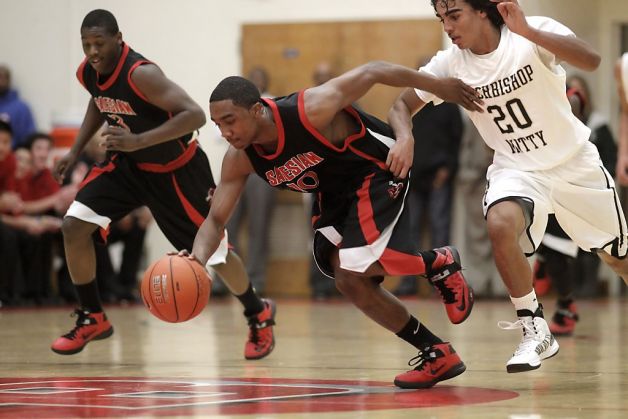How to Defend a Fast Break in Basketball

Basketball is a game that is played at a fast pace which adds a lot of fun and competition to it. Both teams on the court are looking for an opportunity to take advantage of any lapse by the opposing numbers and quickly score on any given chance.
One of the moves that really helps in scoring quick points is a fast break. The idea is pretty simple as the defending team looks to take advantage of a rebound from the attacking team. Once the ball is snatched, the defending team can then turn the heat on and quickly look to score at the other end of the court. It is tough to defend such a break but can be done with practice and anticipation.
Instructions
-
1
Make Your Play
Make your play in the first place to make sure that a fast break does not happen. In case of a rebound, make sure that an offensive player is present to get the ball back and try to score again. This will increase the chances of scoring and curtail fast breaks. -
2
Anticipate
Anticipate as soon as the opposing team tries to go for it. Remember that once you react to the situation when the move is made, it can be a too late. You need to feel that a fast break is going to take place and stop it before it happens. -
3
Mark Opposing Numbers
The fast break is most likely to be initiated by one main player in most cases. Make sure that whenever there is a move made to the opposing side of the court for the purpose of scoring, this player is marked and never left alone with space. -
4
Stop Three Pointers
Many teams like to pass the ball to players who are good at scoring three pointers. Make sure that these players are covered and they are unable to attain enough space in case of a fast break. By limiting the ability of your opponents to score from a distance, you are reducing the chances of successful fast breaks. -
5
Secondary Break
Quite often teams are able to counter and stop the fast break only to realise that a secondary fast break is taking place. This often happens when teams relax a little after stopping the opponents from breaking free. Never take it easy unless you have the control of the ball.


